
The Majestic Cerro Arequita: Uruguay's Natural Marvel
Discover Cerro Arequita: Uruguay's serene hill offering hiking, caving, and wildlife experiences amidst lush forests and the scenic Santa Lucia River.
Cerro Arequita is a stunning natural landmark located in the Lavalleja Department of Uruguay. This picturesque hill, standing at 230 meters tall, is not only a geological wonder but also a haven for nature enthusiasts and adventure seekers alike. Surrounded by lush forests and the scenic Santa Lucia River, it offers a serene escape from the hustle and bustle of city life. One of the main attractions of Cerro Arequita is its unique geological formations, including the fascinating Gruta Colón cave. This large cave is a popular spot for exploration, allowing visitors to delve into its cool, dark depths and marvel at the natural beauty within. The hill itself is composed primarily of granite, providing a rugged yet enchanting terrain for hikers and climbers to enjoy. The area is also rich in flora and fauna, making it a perfect spot for birdwatching and wildlife observation. Visitors can stroll through the surrounding forests and catch glimpses of various native species in their natural habitat. Additionally, the nearby Santa Lucia River offers opportunities for fishing, swimming, and picnicking, making Cerro Arequita a versatile destination for all types of outdoor activities.
Local tips in Cerro Arequita
- Wear sturdy footwear suitable for hiking and exploring rocky terrains.
- Bring a flashlight if you plan to explore Gruta Colón cave.
- Pack a picnic to enjoy by the Santa Lucia River.
- Carry insect repellent to protect against bugs in the forested areas.
- Visit early in the morning to avoid the midday heat and crowds.
The Majestic Cerro Arequita: Uruguay's Natural Marvel
Cerro Arequita is a stunning natural landmark located in the Lavalleja Department of Uruguay. This picturesque hill, standing at 230 meters tall, is not only a geological wonder but also a haven for nature enthusiasts and adventure seekers alike. Surrounded by lush forests and the scenic Santa Lucia River, it offers a serene escape from the hustle and bustle of city life. One of the main attractions of Cerro Arequita is its unique geological formations, including the fascinating Gruta Colón cave. This large cave is a popular spot for exploration, allowing visitors to delve into its cool, dark depths and marvel at the natural beauty within. The hill itself is composed primarily of granite, providing a rugged yet enchanting terrain for hikers and climbers to enjoy. The area is also rich in flora and fauna, making it a perfect spot for birdwatching and wildlife observation. Visitors can stroll through the surrounding forests and catch glimpses of various native species in their natural habitat. Additionally, the nearby Santa Lucia River offers opportunities for fishing, swimming, and picnicking, making Cerro Arequita a versatile destination for all types of outdoor activities.
When is the best time to go to Cerro Arequita?
Iconic landmarks you can’t miss
Salto del Penitente
Experience the natural beauty of Salto del Penitente, a stunning waterfall in Villa Serrana, Uruguay, perfect for nature lovers and adventure seekers.

Rodó Park
Explore the natural beauty of Rodó Park in Minas, a serene escape with lush landscapes and diverse wildlife perfect for outdoor enthusiasts.
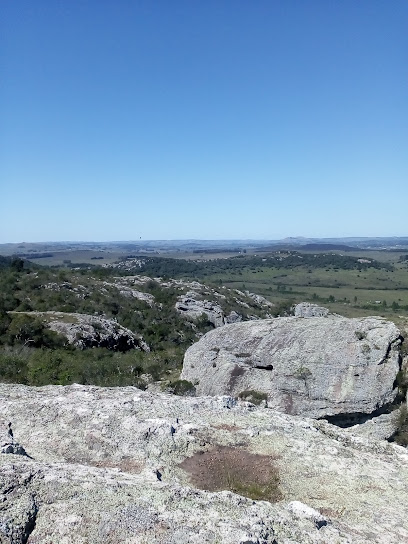
Camping Arequita
Discover the natural beauty and adventure of Camping Arequita, a serene campground nestled in Lavalleja's stunning landscapes.

Laguna De Los Cuervos
Experience the serene beauty of Laguna De Los Cuervos, a perfect retreat for nature lovers and adventure seekers in Uruguay's Lavalleja Department.
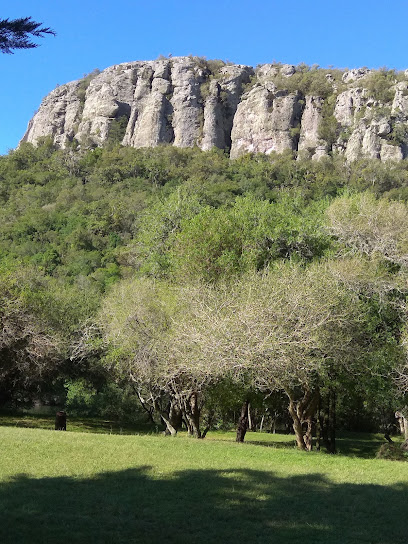
Punta Ballena
Explore Punta Ballena, a serene coastal haven in Uruguay known for breathtaking views, rich culture, and luxurious relaxation.
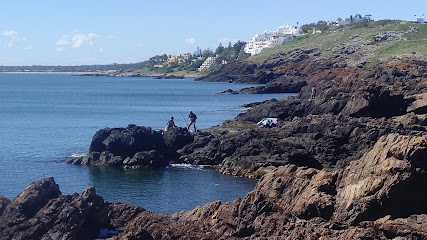
Cerro Artigas
Experience the natural splendor of Cerro Artigas, a serene park in Minas, Uruguay, perfect for outdoor enthusiasts and nature lovers alike.

Monte De Ombú
Explore the lush landscapes and serene beauty of Monte De Ombú, a premier state park in Uruguay's Lavalleja Department, perfect for nature lovers.
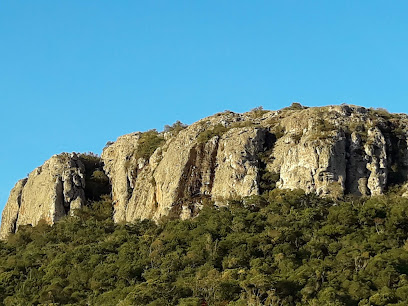
Salón Arequita
Experience the natural wonders of Salón Arequita, a picturesque destination in Uruguay’s Lavalleja Department, perfect for outdoor adventures and relaxation.
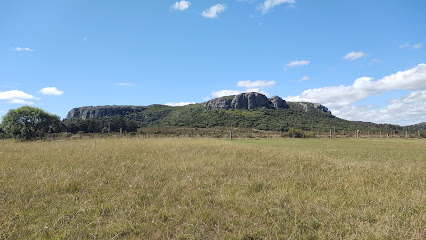
ALZ Arequita Alternativo
Unleash your adventurous spirit at ALZ Arequita Alternativo, where breathtaking landscapes and thrilling activities await in Cerro Arequita, Uruguay.
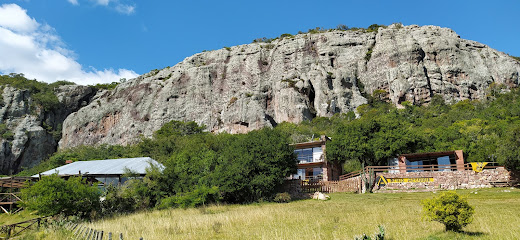
Río Santa Lucía
Discover the tranquil beauty of Río Santa Lucía, a perfect destination for nature lovers in the heart of Uruguay's Lavalleja Department.
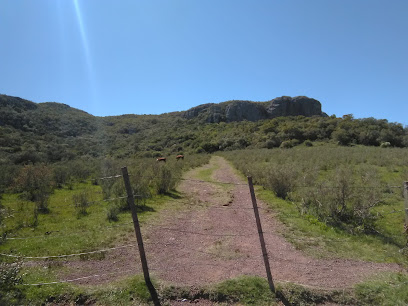
Cabalgatas Arequita
Discover the breathtaking landscapes of Lavalleja while horseback riding at Cabalgatas Arequita, a must-visit for nature lovers and adventure seekers.

Complejo Arequita
Explore the thrilling adventure sports at Complejo Arequita in Lavalleja, where rock climbing and breathtaking landscapes await every adventurer.

Unmissable attractions to see
Fuente del Puma
Discover Fuente del Puma in Minas, a beautiful drinking water fountain surrounded by nature, perfect for relaxation and breathtaking views.
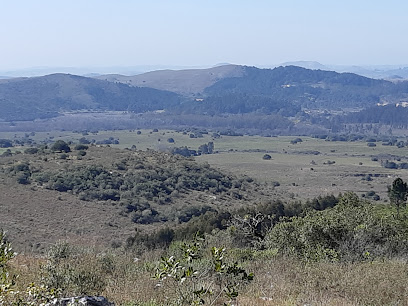
Arch dam. Stewart Vargas
Experience the serene beauty of Stewart Vargas Arch Dam in Villa Serrana, a perfect blend of nature and architectural brilliance in Uruguay.

Cerro Artigas
Discover the breathtaking views and natural beauty at Cerro Artigas, a premier tourist attraction in Minas, Uruguay.

Cathedral of Minas
Discover the stunning beauty and rich history of the Cathedral of Minas, a must-visit architectural gem in Lavalleja, Uruguay.

Salus Natural Reserve
Experience the tranquility and natural beauty of Salus Natural Reserve, a must-visit park in Uruguay for nature lovers and adventure seekers.
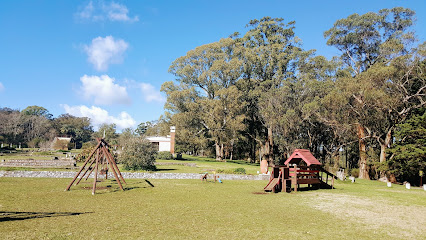
Monte De Ombú
Explore the breathtaking landscapes and diverse wildlife of Monte De Ombú, a serene state park in Lavalleja Department, Uruguay.
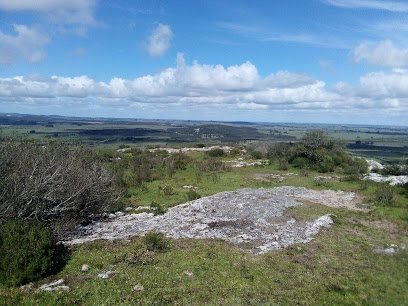
Obelisco de Villa Serrana
Discover the stunning Obelisco de Villa Serrana, a majestic monument offering breathtaking views and a glimpse into Uruguay's rich cultural heritage.
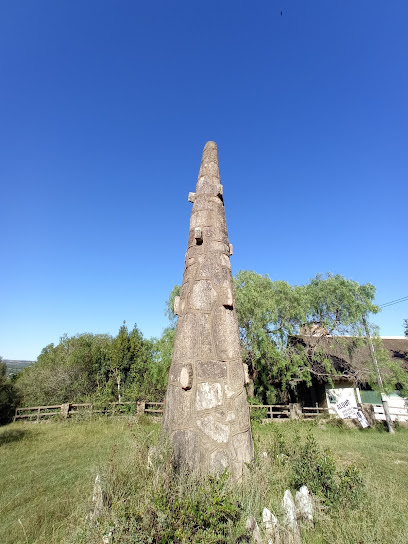
Reloj del Parque
Discover the charm of Reloj del Parque, a picturesque clock tower surrounded by lush landscapes in San Francisco de las Sierras, Uruguay.

RAQUET CLUB
Discover the serene charm of RAQUET CLUB in Minas, where relaxation meets recreation amidst breathtaking landscapes.

plaza minas lavalleja
Discover the heart of Minas at Plaza Minas Lavalleja, where local culture, stunning scenery, and unforgettable experiences await every traveler.
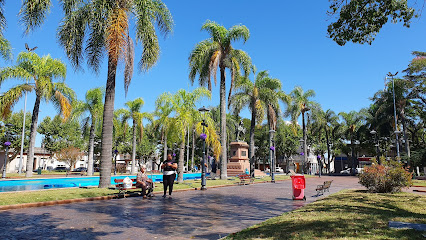
Villa Serrana
Unwind in the breathtaking beauty of Villa Serrana, a serene escape in Uruguay's Lavalleja Department, perfect for nature lovers and adventurers alike.
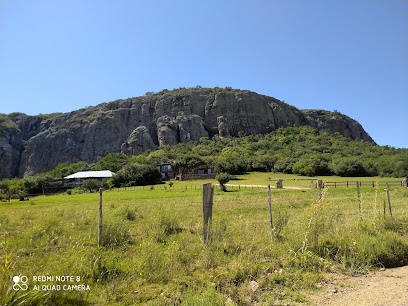
Reserva Natural Salus Park
Explore the breathtaking beauty of Reserva Natural Salus Park, a serene nature preserve ideal for hiking, picnicking, and wildlife observation in Minas, Uruguay.
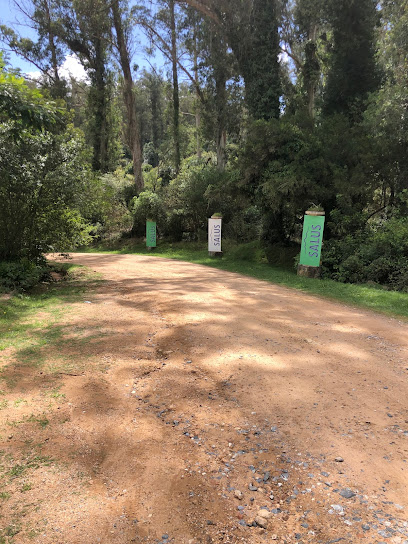
Rotonda ruta 8 con ruta 13
Explore the breathtaking landscapes at Rotonda Ruta 8 con Ruta 13, a serene tourist attraction in Lavalleja Department, Uruguay.
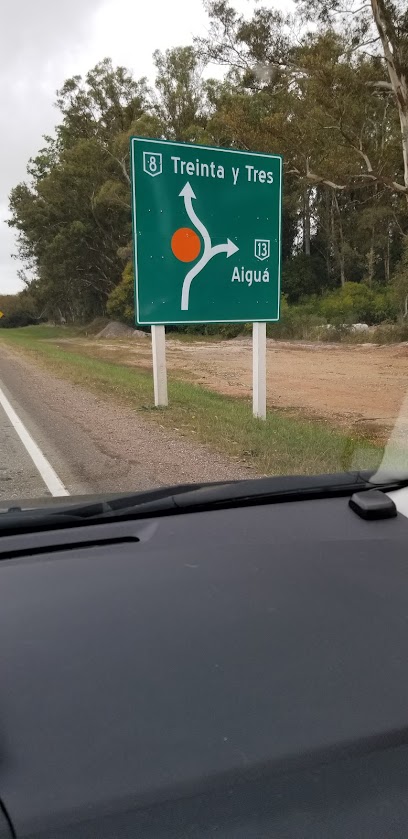
Salón Arequita
Explore the breathtaking landscapes and rich biodiversity of Salón Arequita, a must-see natural attraction in Lavalleja, Uruguay.
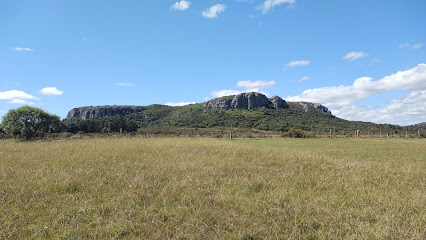
Zorrilla de San Martín Park
Explore the lush landscapes and tranquil ambiance of Zorrilla de San Martín Park, a serene oasis in the heart of Minas, Uruguay.

Essential places to dine
Parador Arequita
Experience affordable fast food delights at Parador Arequita in Minas - where every bite is packed with flavor amidst stunning scenery.
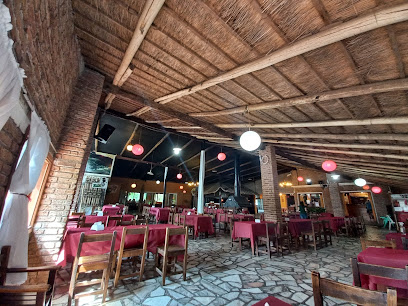
Ventorrillo de la Buena Vista
Discover American cuisine at Ventorrillo de la Buena Vista in Villa Serrana - where delicious food meets breathtaking nature.
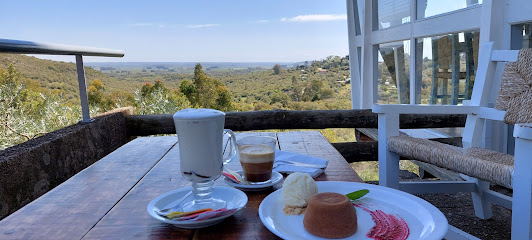
Restaurante Ki-Joia
Discover Restaurante Ki-Joia: A vibrant fast food haven in Minas serving delicious local flavors in an inviting atmosphere.
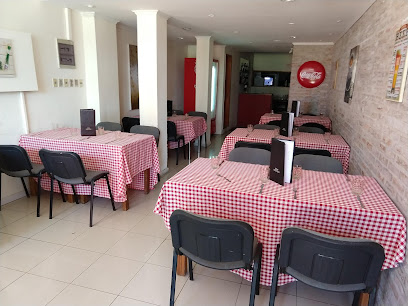
Parador Parque Rodó
Experience delicious fast food at Parador Parque Rodó in Minas - where local flavors meet convenience in a vibrant atmosphere.
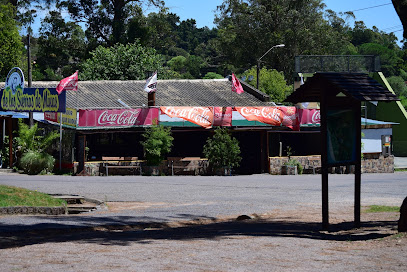
Penitente station - Sierra de Minas
Experience exquisite Uruguayan cuisine amidst breathtaking views at Penitente Station in Sierra de Minas.
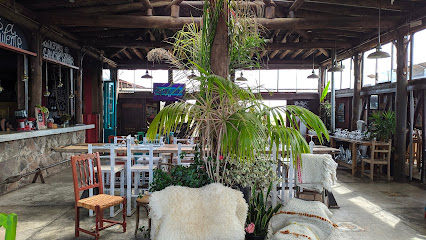
Ombú
Experience authentic Italian pizza at Ombú in Minas—where delicious flavors meet warm hospitality.
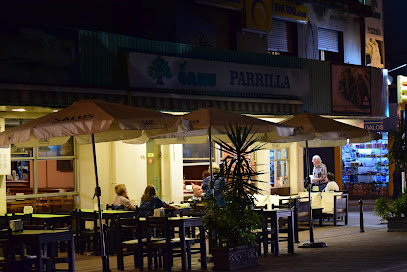
La Mia Cucina
Experience the perfect blend of Italian and Indian cuisine at La Mia Cucina in Villa Serrana – where every meal is a celebration of flavor.
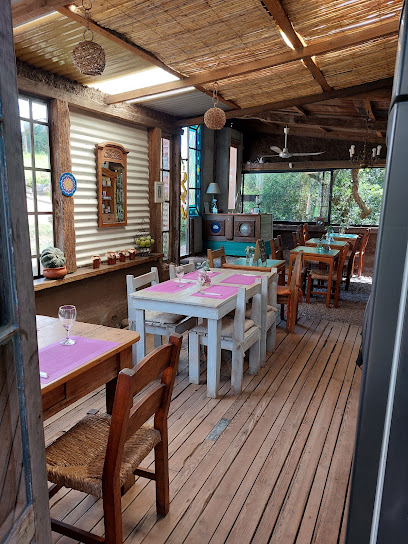
El Artesanal de Minas Resto
Discover the authentic flavors of Uruguay at El Artesanal de Minas Resto, where traditional recipes meet local ingredients in a cozy setting.
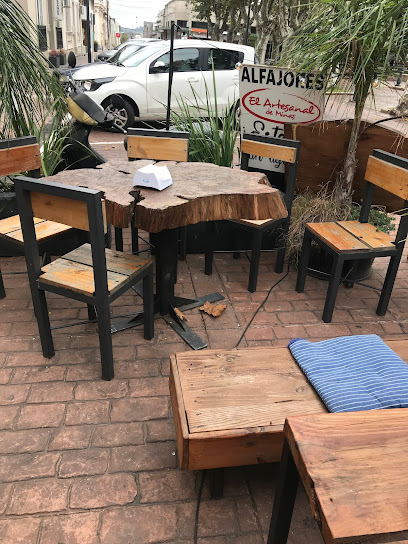
La Ultima Portera
Experience authentic Uruguayan grill cuisine at La Ultima Portera, where every bite tells a story of flavor and tradition amidst beautiful surroundings.
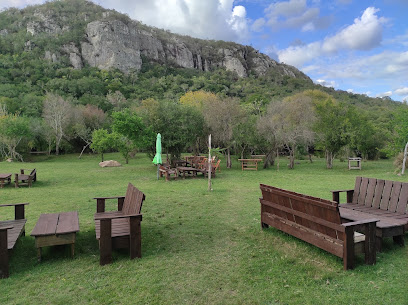
Vidal
Experience authentic Uruguayan cuisine at Vidal in Minas—where every dish tells a story of local tradition and flavor.
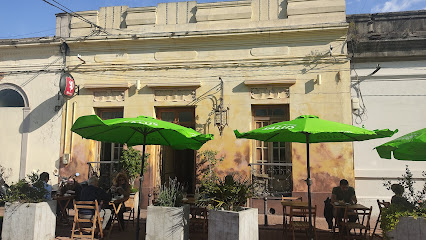
Rey Donnal's
Discover Rey Donnal's in Minas: A culinary haven blending local flavors with international flair in an inviting atmosphere.
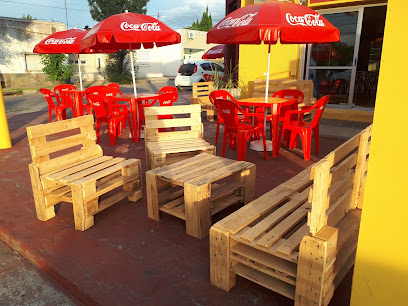
Parador Don Miguel
Experience authentic Uruguayan cuisine at Parador Don Miguel in Minas - where local flavors meet warm hospitality.
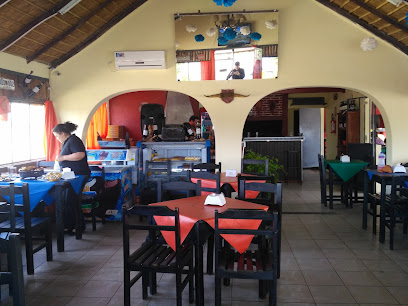
Lo de Hontou
Discover authentic Uruguayan cuisine at Lo de Hontou in Minas, where every dish tells a story and every bite is a taste of tradition.

Parador La Rambla
Experience the culinary delights of Uruguay at Parador La Rambla, where local flavors meet warm hospitality in Minas.
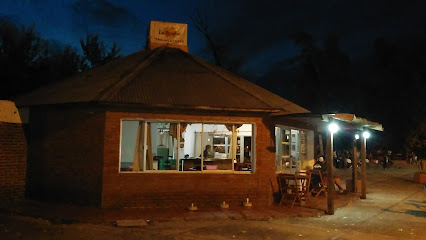
Parador La Casona
Discover the flavors of Uruguay at Parador La Casona, where delicious cuisine meets breathtaking scenery in Lavalleja.
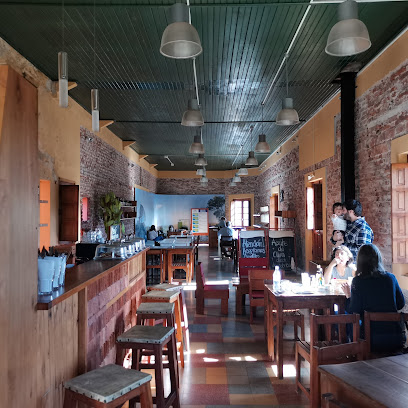
Markets, malls and hidden boutiques
Cerro Arequita
Explore the breathtaking landscapes and panoramic views of Cerro Arequita, a must-visit tourist attraction in Uruguay's Lavalleja Department.
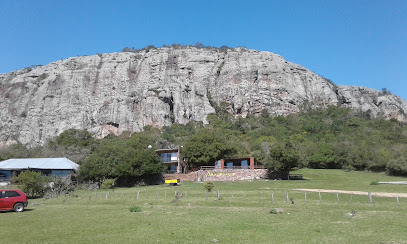
Stampa Minas
Discover unique local crafts and delightful souvenirs at Stampa Minas, a must-visit shopping destination in the heart of Minas, Uruguay.

SU LUGAR
Experience the essence of local culture at SU LUGAR, a charming general store in Minas offering unique artisanal goods and delightful flavors.
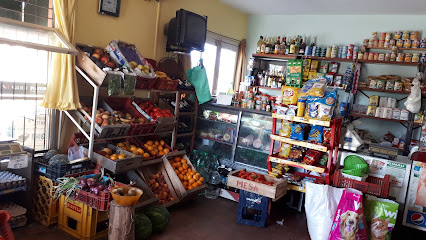
Almacen Gracias a Vos art gral
Discover the charm of Minas at Almacen Gracias a Vos, where local crafts and friendly service await every traveler.
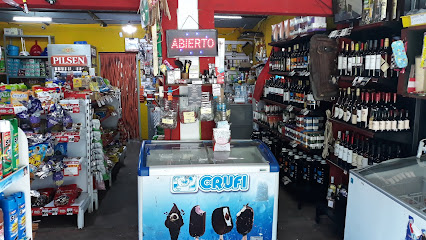
100% Pampa Diseños Rústicos
Explore 100% Pampa Diseños Rústicos in Minas, where rustic charm meets authentic Uruguayan craftsmanship in every unique gift and home good.
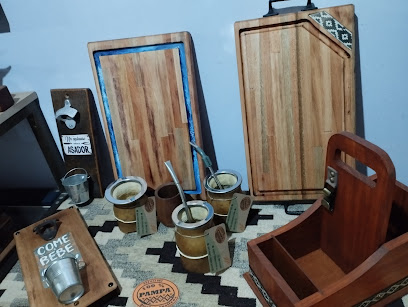
Miniso Minas
Explore the charming Miniso Minas, a gift shop brimming with trendy products and unique souvenirs that capture the essence of Uruguay.

Almacén
Discover local flavors and culinary treasures at Almacén, the charming supermarket in Minas, Uruguay, perfect for tourists seeking authentic experiences.
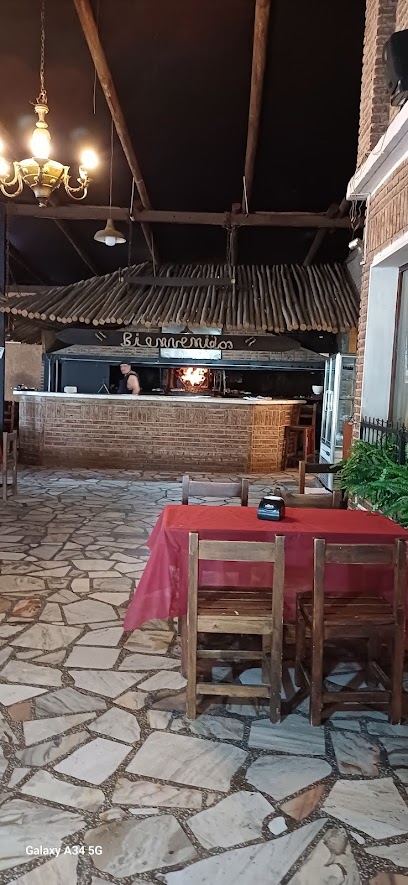
Tienda E y C moda e indumentaria
Discover stylish clothing and local fashion at Tienda E y C moda e indumentaria in Minas, Lavalleja – a unique shopping experience awaits.

Mix Up - Minas Shopping Terminal
Experience the latest fashion trends at Mix Up - Minas Shopping Terminal, where style meets convenience in the heart of the city.
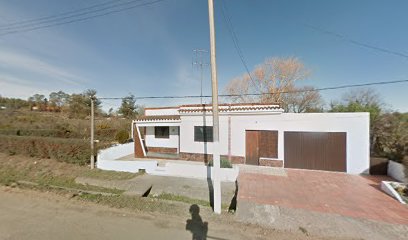
JVEshops
Discover JVEshops in Minas for the best in computer accessories, electronics, and mobile gadgets, ensuring a delightful shopping experience for tech lovers.

Almacen cachiqui
Explore Almacen Cachiqui in Minas, a treasure trove of local crafts and unique souvenirs reflecting the charm of Uruguay's Lavalleja Department.
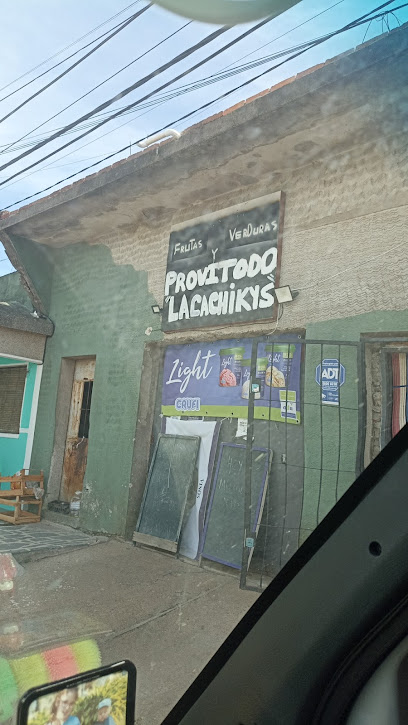
Inbox Minas
Explore Inbox Minas, the ultimate clothing store in Minas offering unique fashion finds and a taste of Uruguayan style.
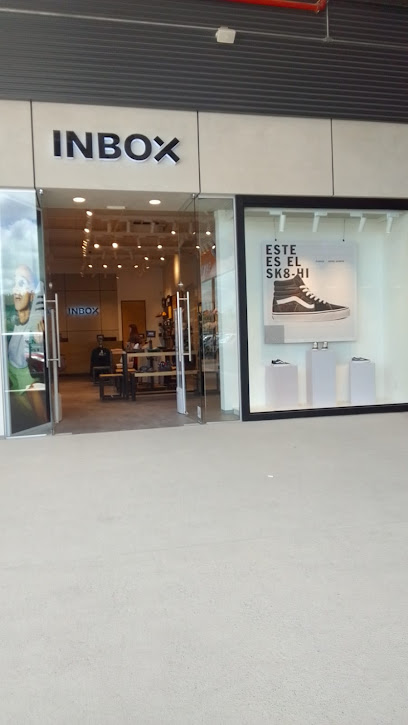
Anirbaspiercing
Discover Anirbaspiercing in Minas, where expert piercers create stunning body art in a safe and welcoming environment, perfect for all styles.
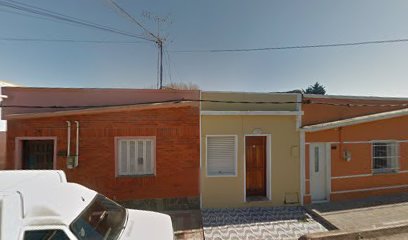
VEO VEO
Explore VEO VEO in Minas for unique gifts and local handicrafts that embody the spirit of Uruguay.
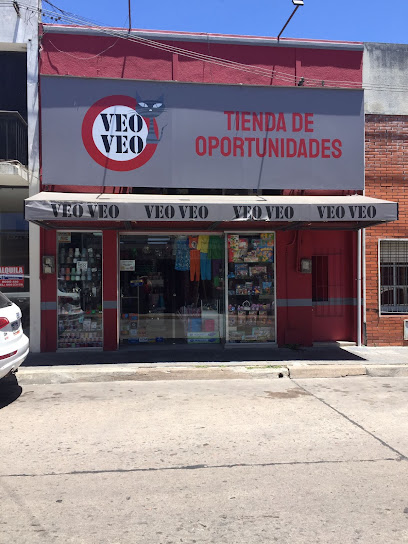
Iber Minas Shopping
Explore the rich wine culture of Minas at Iber Minas Shopping, where quality and variety meet in a welcoming environment.

Essential bars & hidden hideouts
Parador Arequita
Experience delicious fast food with a local twist at Parador Arequita in Minas, Uruguay – a culinary gem for all travelers.
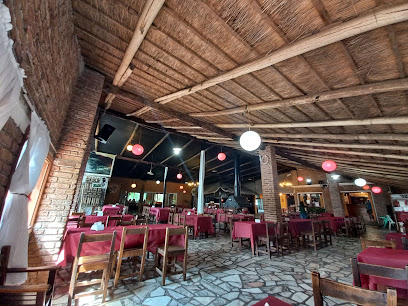
La Ultima Portera
Experience the authentic taste of Uruguayan asado at La Ultima Portera, where tradition meets stunning riverside views.
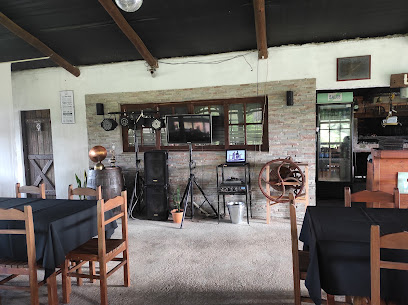
Don Mario
Discover the vibrant nightlife of Minas at Don Mario, where local drinks and a warm atmosphere await you!
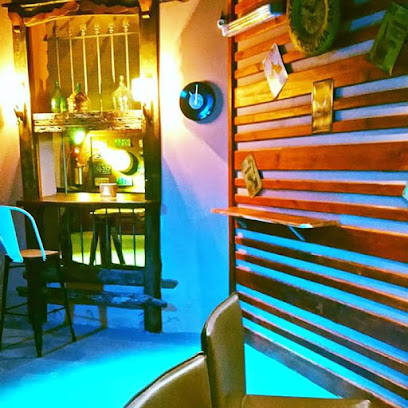
Restaurante Gruta Arequita
Experience authentic Uruguayan cuisine at Restaurante Gruta Arequita, where local flavors meet warm hospitality in Lavalleja's stunning landscapes.
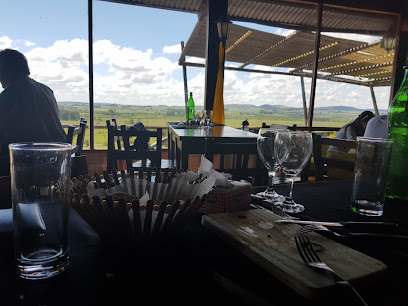
Bar Y Parrilada LOS RODRIGUEZ
Experience the vibrant flavors of Uruguay at Bar Y Parrilada LOS RODRIGUEZ, a charming bar offering authentic cuisine in the heart of Minas.
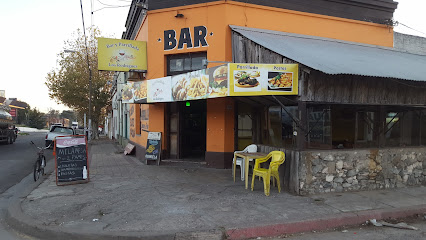
La Cueva
Experience the vibrant atmosphere and delicious fast food at La Cueva, a cultural gem in the heart of Minas, Uruguay.
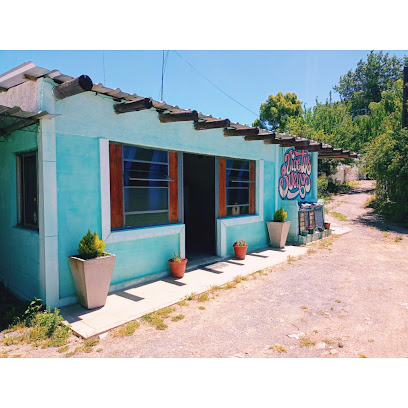
25 De Agosto
Discover the heart of Minas at 25 De Agosto, where local culture meets vibrant nightlife in a cozy bar setting.

La Taberna
Experience the vibrant nightlife of Minas at La Taberna, a lively bar serving delightful cocktails and local flavors amidst a friendly atmosphere.

Bar Bertocchi
Experience the heart of Minas at Bar Bertocchi, where local culture meets relaxation in a charming bar atmosphere.
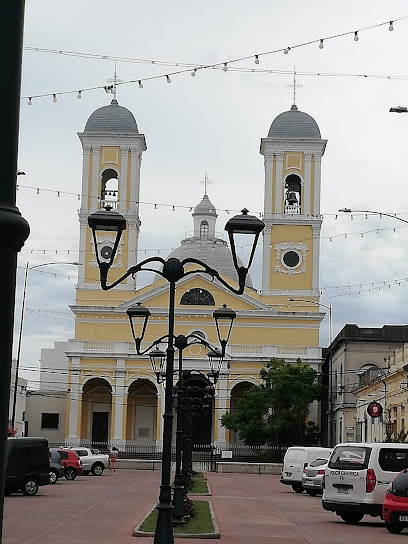
Bar El Palenque
Discover the vibrant atmosphere of Bar El Palenque, a must-visit bar in Minas, Uruguay, offering local drinks and a friendly ambiance.
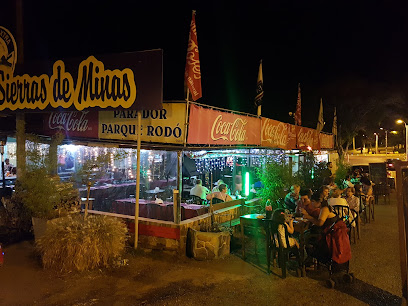
Bar La Cueva
Experience the vibrant nightlife and local culture at Bar La Cueva, the heart of Minas' social scene.
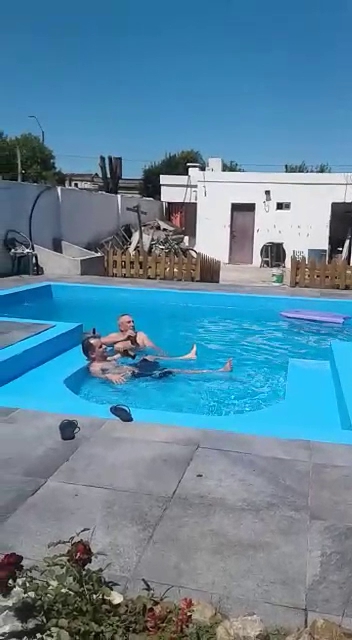
Präta snack & bar
Savor the best grilled dishes and vibrant nightlife at Präta Snack & Bar in the heart of Minas, Lavalleja.
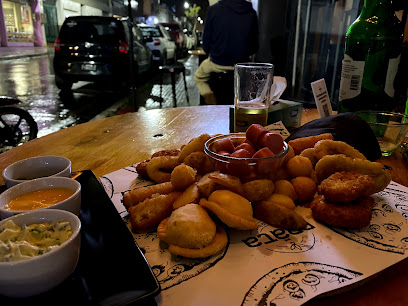
Bar del Parque
Discover the vibrant ambiance of Bar del Parque, a local favorite in San Francisco de las Sierras, offering refreshing drinks and a welcoming atmosphere.
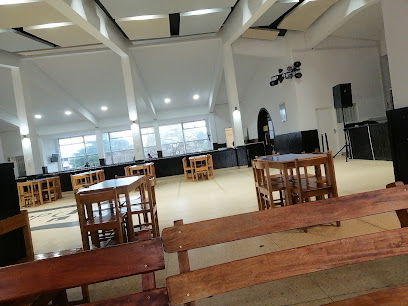
Cerveceria Patricia
Experience the vibrant atmosphere and exceptional brews at Cerveceria Patricia, Minas' premier beer hall celebrating Uruguayan brewing culture.
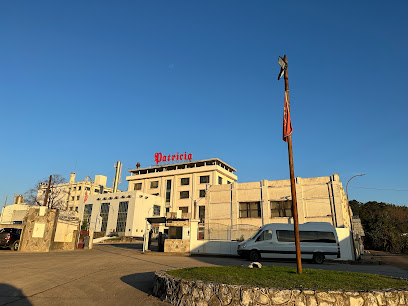
Casa de Pablo
Experience the vibrant nightlife at Casa de Pablo, Minas' premier gay bar, where inclusivity and celebration come together for an unforgettable night.

Local Phrases about Cerro Arequita
-
- HelloHola
[oh-lah] - GoodbyeAdiós
[ah-dyohs] - YesSí
[see] - NoNo
[noh] - Please/You're welcomePor favor/De nada
[por fah-vohr/de nah-dah] - Thank youGracias
[grah-syahs] - Excuse me/SorryDisculpe/Perdón
[dees-kool-peh/pehr-dohn] - How are you?¿Cómo estás?
[koh-moh ehs-tahs] - Fine. And you?Bien. ¿Y tú?
[byehn. ee too] - Do you speak English?¿Hablas inglés?
[ah-blahs een-glehs] - I don't understandNo entiendo
[noh ehn-tyehn-doh]
- HelloHola
-
- I'd like to see the menu, pleaseMe gustaría ver el menú, por favor
[meh goos-tah-ree-ah behr ehl meh-noo, por fah-vohr] - I don't eat meatNo como carne
[noh koh-moh kahr-neh] - Cheers!¡Salud!
[sah-lood] - I would like to pay, pleaseMe gustaría pagar, por favor
[meh goos-tah-ree-ah pah-gahr, por fah-vohr]
- I'd like to see the menu, pleaseMe gustaría ver el menú, por favor
-
- Help!¡Ayuda!
[ah-yoo-dah] - Go away!¡Vete!
[veh-teh] - Call the Police!¡Llama a la Policía!
[yah-mah ah lah poh-lee-see-ah] - Call a doctor!¡Llama a un médico!
[yah-mah ah oon meh-dee-koh] - I'm lostEstoy perdido
[ehs-toy pehr-dee-doh] - I'm illEstoy enfermo
[ehs-toy ehn-fehr-moh]
- Help!¡Ayuda!
-
- I'd like to buy...Me gustaría comprar...
[meh goos-tah-ree-ah kohm-prahr...] - I'm just lookingSolo estoy mirando
[soh-loh ehs-toy meer-ahn-doh] - How much is it?¿Cuánto cuesta?
[kwan-toh kwehs-tah] - That's too expensiveEso es demasiado caro
[eh-soh ehs deh-mah-syah-doh kah-roh] - Can you lower the price?¿Puede bajar el precio?
[pweh-deh bah-hahr ehl preh-syoh]
- I'd like to buy...Me gustaría comprar...
-
- What time is it?¿Qué hora es?
[keh oh-rah ehs] - It's one o'clockEs la una en punto
[ehs lah oo-nah ehn poon-toh] - Half past (10)Media hora (10)
[meh-dyah oh-rah (diez)] - MorningMañana
[mah-nyah-nah] - AfternoonTarde
[tahr-deh] - EveningNoche
[noh-cheh] - YesterdayAyer
[ah-yehr] - TodayHoy
[oy] - TomorrowMañana
[mah-nyah-nah] - 1Uno
[oo-noh] - 2Dos
[dohs] - 3Tres
[trehs] - 4Cuatro
[kwah-troh] - 5Cinco
[seen-koh] - 6Seis
[seys] - 7Siete
[syeh-teh] - 8Ocho
[oh-choh] - 9Nueve
[nweh-veh] - 10Diez
[dyehs]
- What time is it?¿Qué hora es?
-
- Where's a/the...?¿Dónde está el/la...?
[dohn-deh ehs-tah ehl/lah] - What's the address?¿Cuál es la dirección?
[kwal ehs lah dee-rehk-syohn] - Can you show me (on the map)?¿Puedes mostrarme (en el mapa)?
[pweh-dehs mohs-trahr-meh (ehn ehl mah-pah)] - When's the next (bus)?¿Cuándo es el próximo (autobús)?
[kwan-doh ehs ehl proh-ksee-moh (ow-toh-boos)] - A ticket (to ....)Un boleto (a ...)
[oon boh-leh-toh (ah ...)]
- Where's a/the...?¿Dónde está el/la...?
History of Cerro Arequita
-
Cerro Arequita is a prominent geological formation in the Lavalleja Department of Uruguay. It is a unique hill composed of basalt, formed millions of years ago through volcanic activity. The hill stands out in the region for its height and distinct shape, making it a notable landmark. The surrounding landscape features rich biodiversity and natural beauty, attracting geologists and nature enthusiasts alike.
-
Before the arrival of European settlers, the area around Cerro Arequita was inhabited by the indigenous Charrúa people. The hill held spiritual significance for them, serving as a site for various rituals and ceremonies. Evidence of their presence, such as petroglyphs and artifacts, has been discovered in the area, providing valuable insights into their culture and way of life.
-
The first European explorers to encounter Cerro Arequita were likely Spanish conquistadors in the 16th century. The hill was noted in early maps and documents as a significant landmark, guiding explorers and settlers through the region. The European presence brought significant changes to the land, including the introduction of new agricultural practices and livestock.
-
One of the most intriguing features of Cerro Arequita is its large cave, known locally as 'La Cueva de Arequita.' According to local legend, the cave was once a hideout for runaway slaves and later, during the 19th century, a refuge for those fleeing political persecution. The cave system is extensive and has been the subject of numerous archaeological studies, which have unearthed a variety of historical artifacts.
-
In the late 20th century, Cerro Arequita and its surrounding areas were designated as a nature park to protect its unique ecological and historical value. The park covers approximately 1,000 hectares and is managed by the Uruguayan government. It offers visitors a chance to explore the natural beauty of the region, with hiking trails, guided tours, and educational programs about its geological and cultural history.
-
Today, Cerro Arequita remains a beloved destination for both locals and tourists. It is a popular spot for outdoor activities such as hiking, bird watching, and picnicking. The hill continues to hold cultural significance, with local festivals and events often taking place in its vicinity. Efforts to preserve and promote the heritage of Cerro Arequita ensure that its historical and cultural importance is recognized and celebrated.
Cerro Arequita Essentials
-
Cerro Arequita is located in the Lavalleja Department of Uruguay, approximately 12 kilometers from the city of Minas. The nearest major airport is Carrasco International Airport in Montevideo, around 130 kilometers away. From Montevideo, you can take a bus to Minas, which typically takes about 2 hours. From Minas, you can either take a taxi or a local bus to reach Cerro Arequita.
-
In Minas, you will find local buses that provide transportation to Cerro Arequita, but the most convenient way to travel is by taxi or rental car. For those who prefer cycling, renting a bicycle is also an option as the distance from Minas to Cerro Arequita is short and the scenery is beautiful. Within Cerro Arequita itself, walking is the best way to explore the area.
-
The official currency in Uruguay is the Uruguayan Peso (UYU). Credit cards are widely accepted in hotels, restaurants, and shops in Minas, but it is advisable to carry cash for smaller establishments and rural areas like Cerro Arequita. ATMs are available in Minas, so it is a good idea to withdraw sufficient cash before heading to Cerro Arequita.
-
Cerro Arequita and the surrounding areas are generally safe for tourists. However, like any travel destination, it is advisable to take standard precautions. Avoid walking alone at night in unfamiliar areas and keep an eye on your belongings in crowded places. While there are no specific high-crime areas targeting tourists, it is always best to stay vigilant and aware of your surroundings.
-
In case of emergency, dial 911 for immediate assistance. The local police station and medical facilities are available in Minas. It is recommended to have travel insurance that covers medical emergencies. For minor health issues, there are pharmacies in Minas where you can purchase over-the-counter medications.
-
Fashion: Do wear comfortable and weather-appropriate clothing, especially if you plan to hike. Avoid wearing flashy jewelry. Religion: Do respect local customs and traditions, although Cerro Arequita is not particularly known for religious sites. Public Transport: Do be respectful to fellow passengers. Don’t play loud music or engage in disruptive behavior. Greetings: Do greet people with a friendly 'Hola' and a handshake. Eating & Drinking: Do try local delicacies and accept food offerings graciously. Don’t refuse hospitality, as it is considered impolite.
-
To experience Cerro Arequita like a local, consider visiting during the off-peak season to enjoy a quieter atmosphere. Engage with local guides who can share interesting stories about the area's history and natural features. Don’t miss the 'Gruta del Palacio,' a unique cave formation, and enjoy a picnic by the Santa Lucia River. Additionally, try the local 'asado' (barbecue) for an authentic Uruguayan culinary experience.




